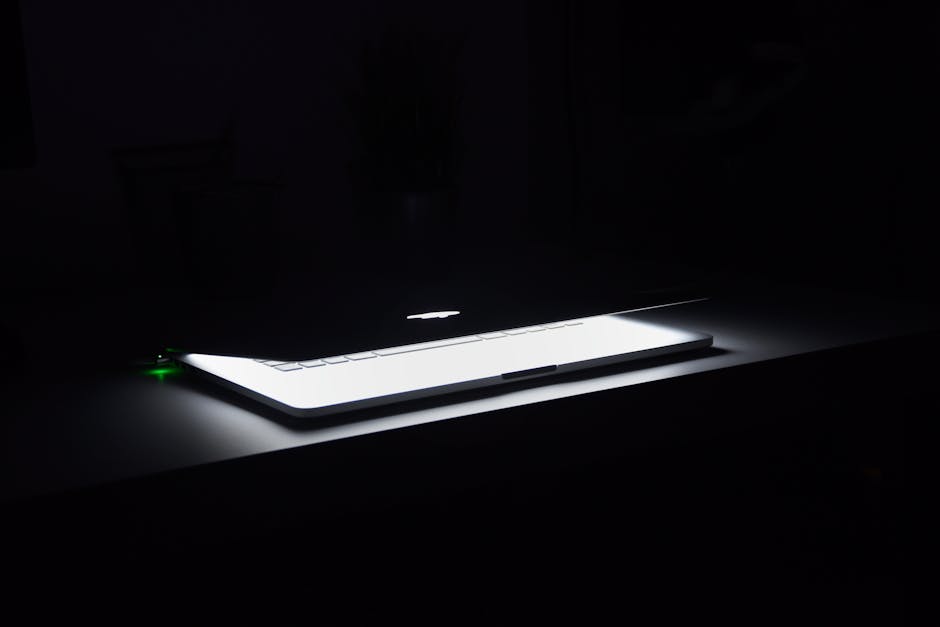What Graphic Designers Should Know
Graphic design is a wide term that includes many different jobs and responsibilities. A graphic designer is a person who designs or re-designs graphics for a variety of uses.
These graphics can be logos, advertisements, books, magazines, or other mediums. The designer will usually have to consider the medium in which they are designing for when creating the graphic. For example, a logo will not look good on a t-shirt if it is text only.
Some of the things a graphic designer should know include basic design principles, software programs, and what influences current trends. By knowing these things, they can better design graphics for their clients.
This article will go into more detail about some of the basics designers should know and some more advanced concepts too.
Hard skills

Some graphic design careers require specific skills. For example, a career in web design requires knowledge of code languages like HTML and CSS. As mentioned before, a strong portfolio is essential for applying for jobs, but an employer may also ask you to create a prototype or sample of a design.
Additionally, some jobs may require you to know marketing strategies, marketing vocabulary, and marketing platforms. You may be asked to integrate advertisements into your work or to create promotional materials.
Knowing business ethics is also important in some cases. You could be asked to protect the intellectual property of others or you may be required to follow certain rules when it comes to advertising.
All of these requirements are hard skills that can be checked off on a resume, making someone more qualified for the position. Knowing these skills can put you ahead of the competition.
Organization

Photo by George Milton on Pexels
Organization is an essential skill all graphic designers should know. You will be working with many different files, assets, and programs to create your designs, so it is critical to be adept at managing them all.
You will be required to know how to use various software such as Adobe Photoshop, Adobe InDesign, and sometimes Illustrator and Sketch. Additionally, you will have to manage your own files as well as source files of other people’s work.
Organizing your own work is a crucial part of the job. You will have to be able to go back and find old projects easily depending on the request. People will ask for new designs so you must be able to pull out past work quickly.
Organization is a key part of being a graphic designer because it allows you to be more efficient and productive. You will not have to waste time searching for files or re-doing work because you did not organize yourself.
Persistence

Photo by Anna Shvets on Pexels
As mentioned before, being creative is a big part of being a graphic designer, but being persistent is an equally important skill. You will run into many challenges that will ask you to re-evaluate your creativity.
Some challenges may ask you to use less creativity or more practicality, which can feel awkward. But being persistent means you’ll eventually get the hang of it!
Creative people tend to have some common personality traits, according to Psychology Today. One of these is assertiveness, or the tendency to be outgoing and self-confident. This may contribute to one’s ability to be creative, as someone who is self-confident will feel more comfortable taking creative risks.
Another trait associated with creativity is openness to experience. People who are open to new experiences and tend to seek out variety are more likely to encounter new ideas that spark creativity. Keeping your mind open and experiencing new things can help boost creativity.
Communication

Photo by fauxels on Pexels
As mentioned earlier, graphic designers work in almost every industry you can think of. Most of them work in the advertising and media industries, creating logos and branding for companies, products, and services.
Others create book covers and interior design, website layouts and designs, social media posts and advertisements, etc. Even others create posters or other art for events like concerts or festivals.
Because of this wide range of art that graphic designers can produce, they must be well-trained in communication.
How? They must know their audience.
If a designer is being commissioned to create art for a vegan festival event poster, then they need to know about the vegan lifestyle and facts about it to accurately portray that information in their design.
If a designer is being commissioned to create a logo for a healthcare company, then they need to know all about their services and how to communicate that through design.
Networking

Photo by fauxels on Pexels
Networking is an essential part of being a graphic designer. You will not get every job you apply for, so it’s important to have some contacts that can potentially give you work.
Having a portfolio that shows your best work and Spread the Word strategies to get the word out about your work is an important part of being a graphic designer.
Network with other designers, businesses, and organizations to gain some exposure for your work. By having good relations with others, they may bring work to you or refer people to you.
Businesses want quality work at an affordable price and if you have that then maybe you can get some freelance work from them.
Client service

Photo by Karolina Grabowska on Pexels
When you get a client, your first task is to understand what the client wants, what the client needs, and how you can provide them with what they want in the best way possible. This is called client service.
Clients come to graphic designers for a variety of reasons. Some clients have an event coming up and need some advertising material - like posters or flyers - made quickly. Others have a product they want marketed - like t-shirts or mugs - and need graphics made for them.
No matter what the reason is, your job is to satisfy your client by providing quality work at a reasonable price.
Clients can range in personality quite a bit. Some are quiet and reserved, while others are more talkative and friendly. As a graphic designer, it is your job to make the client feel comfortable so that they open up and talk more about what they need from you.
Creativity
Creativity is the most important skill a graphic designer can have. You will be asked to come up with new, innovative designs that appeal to many different people.
You will be asked to create new styles, patterns, and shadings as well as develop new ways to use technology to enhance your designs. For instance, you may be asked to design a logo in the shape of a cube that uses bright colors and subtle shadows.
To do this, you must have an imagination. You must be able to think of new things and put them into action. You must be able to take a concept or idea and translate it into a visual medium.
A great graphic designer can already see what they want their finished product to look like before they even start working on it. They have a clear vision of what they are trying to achieve.
Business knowledge

Photo by Andrew Neel on Pexels
As mentioned before, graphic designers should have some basic business knowledge. This includes understanding how to set prices for their work, what types of contracts to use, and legal rights regarding intellectual property.
Prices can be set based on the cost of materials, your time spent designing it, and what the market price is for your work. Unfortunately, this may take some research to find out which companies pay the most for designs like yours.
When using contracts, make sure you are using the correct type for the situation. Intellectual property rights can be tricky to understand so look into that as well!
As a general hint, having some level of business savvy will help you market yourself and earn you money in the long run. More people will want to hire someone who understands how business works than someone who does not.


